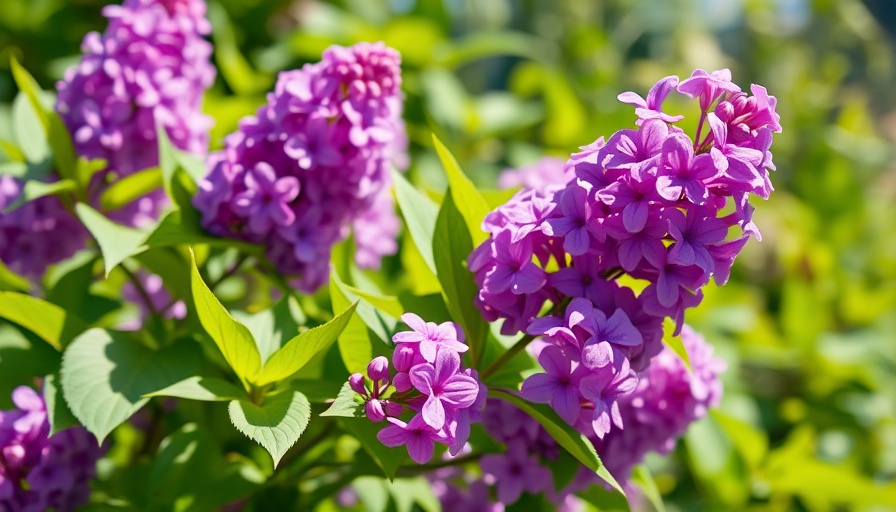
Why Colors Matter: The Connection Between Plants and Their Names
Colors evoke emotions, memories, and atmospheres. But have you ever stopped to consider how such vibrant hues have inspired color names through some of the most beautiful plants on Earth? From the saffron crocus with its golden glow to the deep indigo shades of indigo fabric dye, every bloom tells a story steeped in culture, cuisine, and even history.
Golden Touch: The Allure of Saffron Crocus
The saffron crocus (Crocus sativus) is undeniably a showstopper in any garden. With its bright purple petals and little red strands, the saffron it produces is not just a cooking staple; it's the most expensive spice in the world, often referred to as “red gold.” Saffron has captured the culinary world’s imagination, offering a distinctive flavor—think rich, aromatic risottos and golden-hued sauces. In fact, its medicinal properties further solidify its historical significance, where it has been used for mood balance and overall wellness.
Indigo: The Plant That Defined a Color
On the other end of the spectrum lies the indigo plant (Indigofera tinctoria), responsible for the deep blue dye that has been cherished for centuries. While its small pink flowers may seem modest, the impact this plant has had on fashion and textiles is monumental—dyeing fabrics a rich blue that became a sign of property and wealth across cultures. As gardening continues to evolve, incorporating such historical plants can provide unique opportunities for homeowners to connect their outdoor spaces with a narrative.
Cultural Significance: Flowers That Shape Perceptions
Understanding the stories behind these plants and their colors lends depth to their appeal. For example, lilacs, celebrated for their enchanting aroma, bring about memories of spring’s arrival for many. It prompts a reflection on how specific flowers – like the fragrant lilac – have inspired entire styles and seasons, creating a timeline of beauty throughout history. Any homeowner can find value in knowing which colors resonate in their gardens and how they can utilize flowers to enhance their surroundings.
Breaking Down Care: Unique Needs of Colorful Plants
While beautiful plants like saffron crocus and indigo hold cultural and culinary significance, they also have distinct care requirements. For instance, saffron crocus does best in well-drained sandy soil, prefers sunny locations, and thrives with minimal watering. Understanding each plant's unique needs ensures their vibrant blooms not only enhance the landscape but also flourish throughout the seasons. Consider adding various plants that provide color while maintaining easily manageable care routines, making your gardening journey less daunting.
Future Trends: Colorful Plants in Modern Gardens
As we look forward, there is a clear trend towards integrating more color-rich plants like those we’ve discussed into landscaping designs. Homeowners increasingly opt for these beauties, not just for their visual appeal, but also for their historical and emotional connections. Whether it’s designing a small vegetable patch with saffron crocus blooming brightly or sifting through the choices of colorful foliage plants like coleus or hostas, the options are limitless. Being aware of these plants enhances your garden's aesthetic while enriching its cultural narrative.
Taking Action: How You Can Transform Your Garden Today
Consider incorporating these colorful plants into your garden to both inspire visual intrigue and spark conversations about their cultural significance. Whether you're a seasoned gardener or a novice, understanding the depth behind each plant can transform a simple garden into a flourishing tapestry of history and beauty.
Every color transformation in your garden reflects not only your style but also a deeper appreciation of nature’s contributions to culture. Dig deep into the world of color plants! Explore local plant nurseries and be intentional about your selections; allow the history and impact of color to inspire your next home project.
 Add Row
Add Row  Add
Add 




Write A Comment